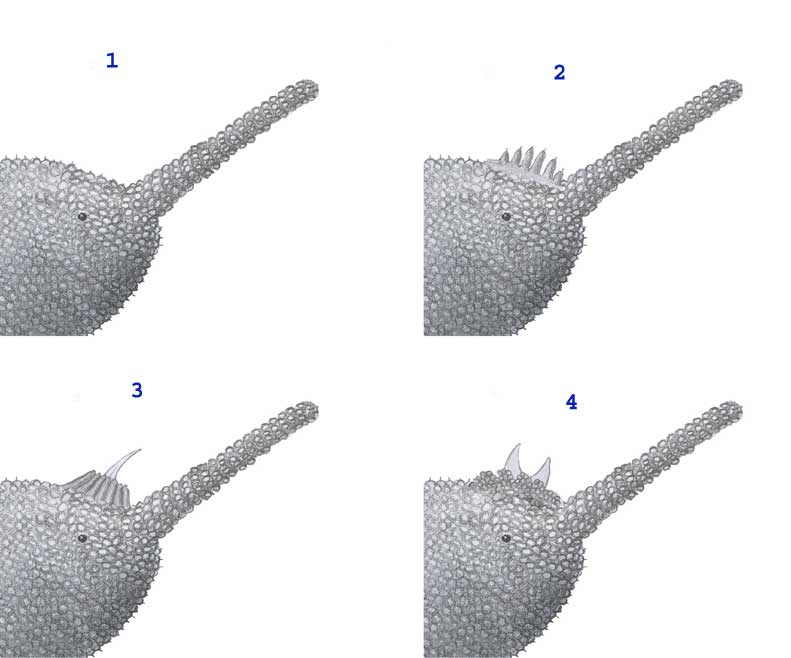Abstract
Males of some Australian onychophorans transfer their spermatophores with spectacular structures in their head, such as pits with palps and spines. No one has explained why these structures allow this species to be identified. Here we propose that, when its head is the genital apparatus, natural selection treats it as a genital apparatus. Probably these fantastic heads of Australian onychophorans are just another case of divergent sexual evolution by sexual selection.
References
Eberhard, W. G., Rodríguez, R. L., Huber, B. A., Speck, B., Miller, H., Buzatto, B. A., & Machado, G. (2018). Sexual selection and static allometry: the importance of function. The Quarterly Review of Biology, 93(3), 207-250.
Klaczko, J., Ingram, T., & Losos, J. (2015). Genitals evolve faster than other traits in Anolis lizards. Journal of Zoology, 295(1), 44-48.
Puniamoorthy, N., Kotrba, M., & Meier, R. (2010). Unlocking the” Black box”: internal female genitalia in Sepsidae (Diptera) evolve fast and are species-specific. BMC Evolutionary Biology, 10(1), 275.
Schaller, F. (1971). Indirect sperm transfer by soil arthropods. Annual review of entomology, 16(1), 407-446.
Tait, N. N., & Norman, J. M. (2001). Novel mating behaviour in Florelliceps stutchburyae gen. nov., sp. nov.(Onychophora: Peripatopsidae) from Australia. Journal of Zoology, 253(3), 301-308.
Weygoldt, P. (1999). Spermatophores and the evolution of female genitalia in whip spiders (Chelicerata, Amblypygi). Journal of Arachnology, 27(1), 103-116.


